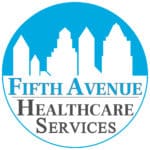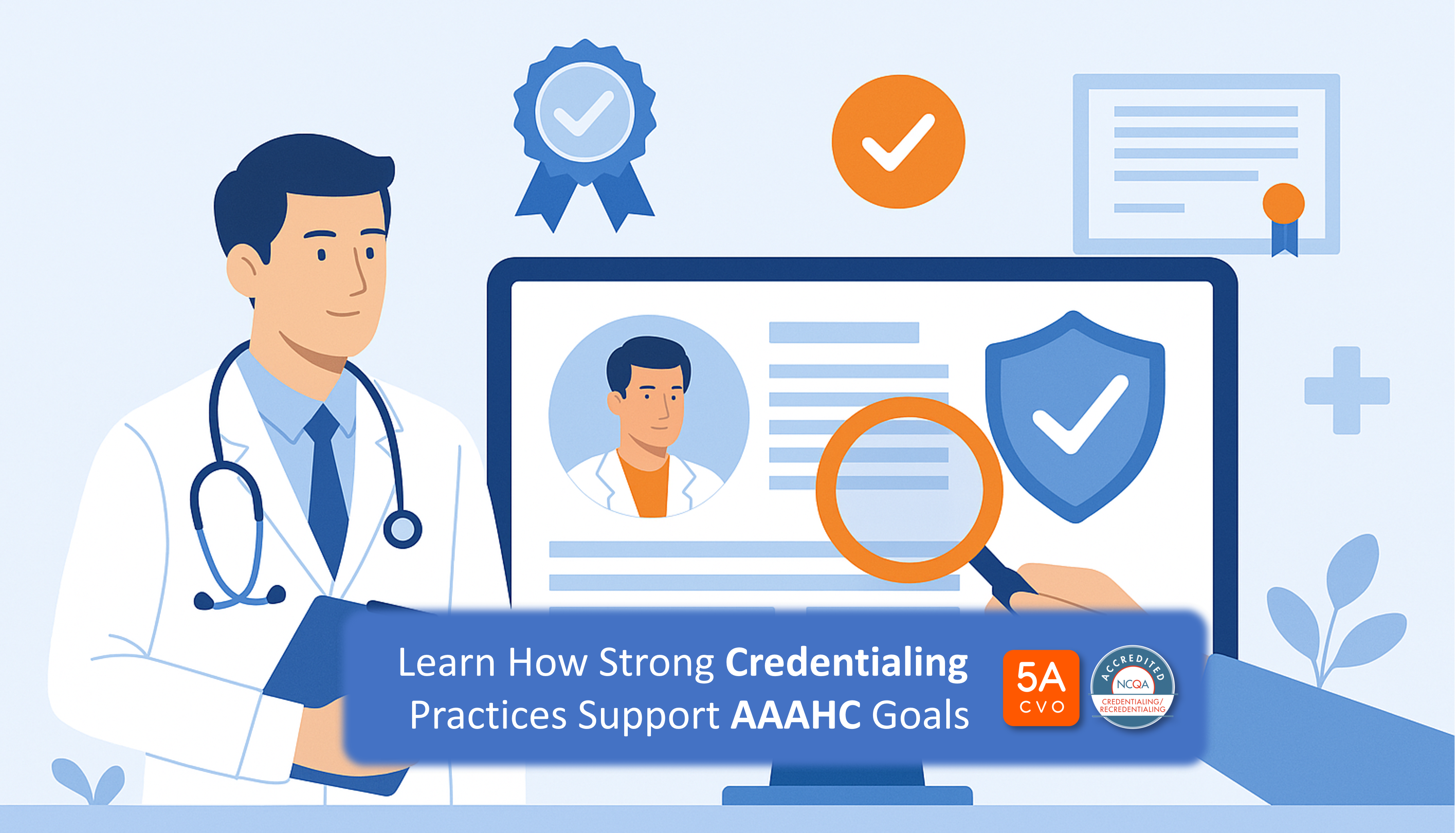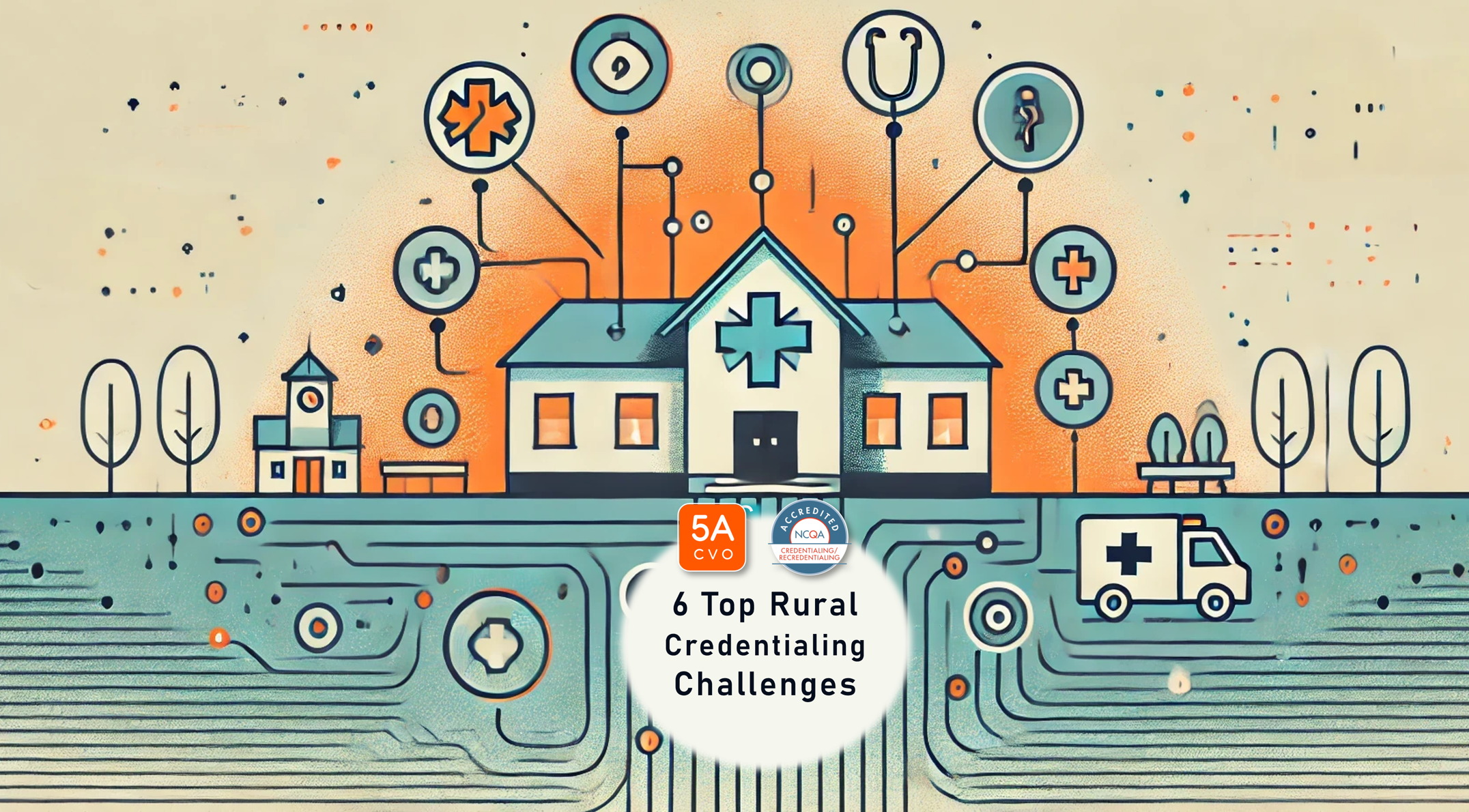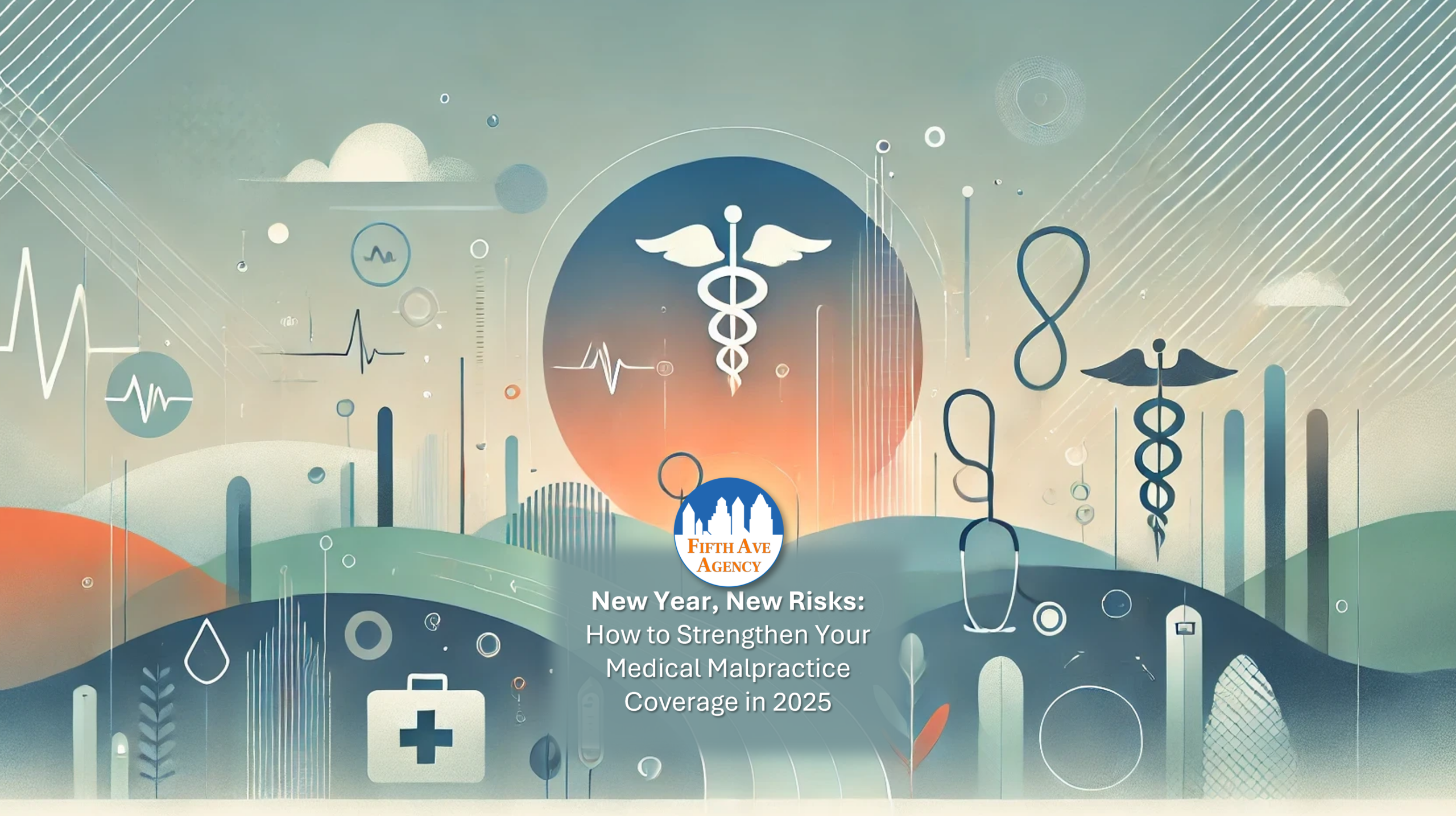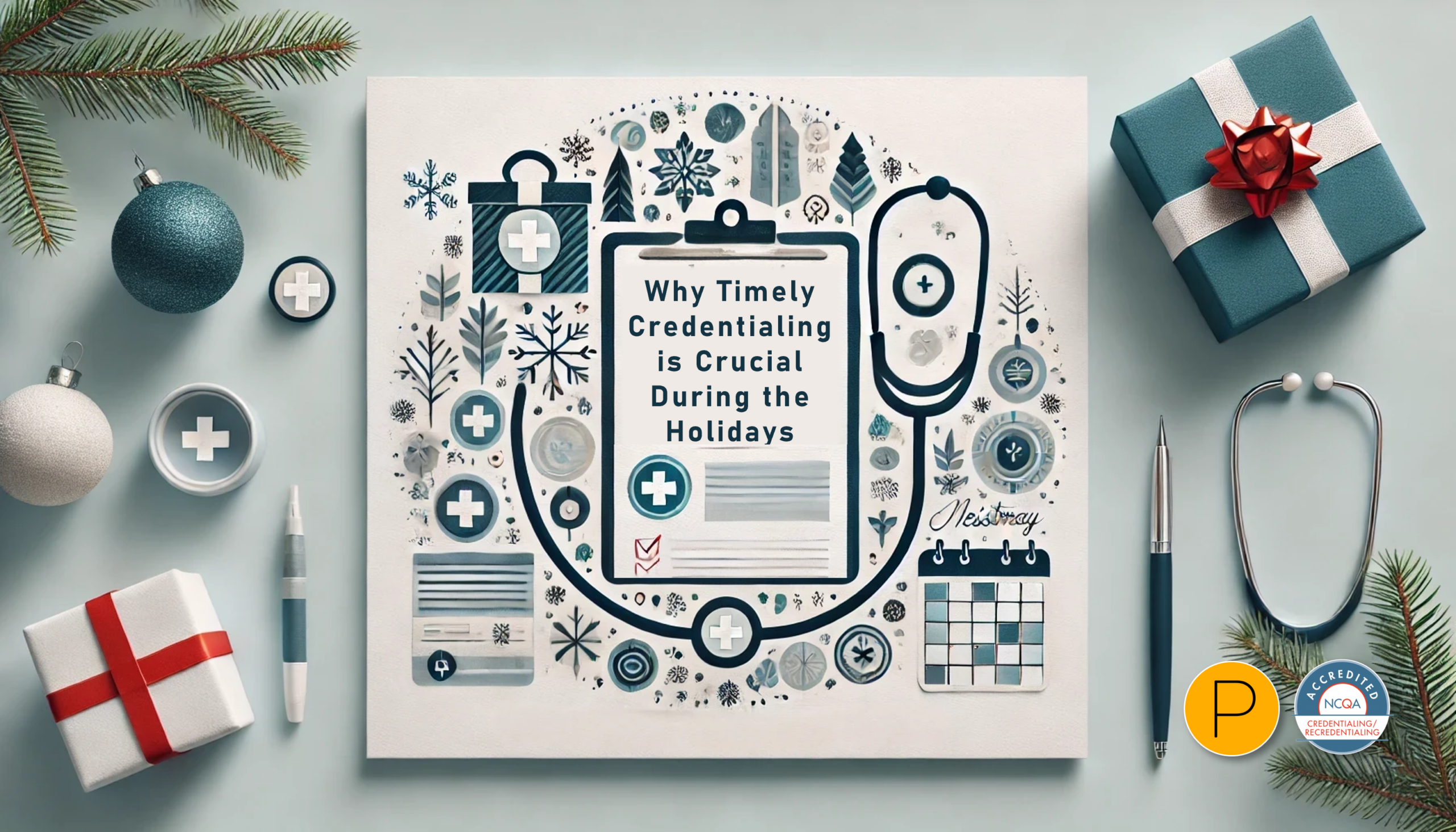The Overlooked Link Between Credentialing and Medical Malpractice Risk
Medical malpractice insurance protects providers when something goes wrong — but what if the real protection starts before the first patient is ever seen?
By focusing on the link between credentialing and medical malpractice risk, providers can enhance their overall protection against potential legal claims. Strong credentialing practices go beyond compliance. They’re one of the most effective risk management tools in healthcare, an overlooked strategy for reducing malpractice liability and premium exposure.
Understanding credentialing and medical malpractice risk is essential to effective healthcare management. Credentialing and medical malpractice risk management must go hand in hand to ensure optimal protection. Incorporating best practices for credentialing and medical malpractice risk can significantly improve patient care and reduce legal exposure.
Credentialing and medical malpractice risk are critical components of healthcare systems that require constant attention. Proper credentialing and medical malpractice risk assessment can prevent costly lawsuits and enhance trust with patients. With effective credentialing and medical malpractice risk strategies, healthcare providers can navigate the complexities of compliance and avoid potential pitfalls.
Credentialing is sometimes dismissed as an administrative function, but in reality, it directly affects a provider’s insurability, a healthcare organization’s financial liability, and the overall quality of patient care. When credentialing is inconsistent, delayed, or poorly documented, the legal and financial risks can multiply rapidly.
What Is Credentialing, Really?
Understanding the relationship between credentialing and medical malpractice risk is essential for providers aiming to minimize litigation exposure.
Credentialing is the structured process of verifying a healthcare provider’s qualifications, experience, and history. In today’s complex payer and legal landscape, basic credentialing isn’t enough. You need strong, policy-driven credentialing practices to ensure provider safety, prevent legal risk, and satisfy insurer expectations.
Credentialing involves:
- Verifying medical education and training
- Confirming state licensure and DEA certification
- Reviewing malpractice claim history
- Checking board certifications and hospital privileges
- Monitoring sanctions, exclusions, and disciplinary actions
- Conventional credentialing can consume over 52 different tasks
It is a multifaceted, ongoing process that should continue throughout a provider’s tenure. Unfortunately, many organizations treat credentialing as a “one-and-done” task, exposing themselves to significant risk.
Real Case: The Cost of Weak Credentialing
Engaging in thorough credentialing practices reduces medical malpractice risk and fosters a culture of safety within healthcare organizations.
Addressing credentialing and medical malpractice risk proactively can save organizations from future legal and financial challenges.
In Doe v. XYZ Hospital, a provider with a history of malpractice claims was credentialed without a full background check. After a surgical error injured a patient, the hospital was sued for malpractice and negligent credentialing.
Credentialing and medical malpractice risk management are vital for protecting both patients and providers. In our case studies, the impact of robust credentialing and medical malpractice risk measures was evident in successful outcomes.
Through focused credentialing and medical malpractice risk strategies, healthcare entities can significantly enhance their operational resilience.
The verdict? Over $7 million in damages, and skyrocketing insurance premiums the following year.
The link between credentialing and medical malpractice risk cannot be overstated in today’s healthcare climate. Malpractice insurers increasingly focus on credentialing and medical malpractice risk as key indicators of an organization’s reliability.
This isn’t an isolated incident. Across the country, courts have awarded multimillion-dollar judgments against healthcare organizations that failed to conduct proper due diligence when credentialing providers.
Another example: In Johnson v. A Medical Center (Texas, 2021), a plaintiff successfully argued that the hospital allowed a physician with a suspended license in another state to continue practicing. The court ruled that the hospital’s credentialing process was grossly negligent, resulting in a settlement north of $4 million.
A strong emphasis on credentialing and medical malpractice risk management can lower premiums and enhance coverage options.
Why Malpractice Insurers Care About Credentialing
Strong credentialing isn’t just a checklist. It’s a risk signal insurers use to determine your liability exposure.
Underwriters consider:
- Whether files are complete and up to date
- Whether primary source verification (PSV) is used
- Whether ongoing monitoring for sanctions and license status exists
- Whether credentialing is handled internally or delegated to a trusted CVO
Insurers look for signs of systemic reliability. If an organization cannot demonstrate consistent and comprehensive credentialing processes, the insurer may:
- Raise malpractice premiums
- Require policy exclusions or caveats
- Deny certain types of coverage
By prioritizing credentialing and medical malpractice risk, organizations can foster trust with insurers and patients alike. This proactive approach yields long-term benefits for providers and patients. To enhance the quality of care, organizations must recognize the intertwined nature of credentialing and medical malpractice risk.
Our commitment to credentialing and medical malpractice risk management strengthens our reputation and operational efficiency.
Well-credentialed provider networks are statistically less likely to result in claims. The equation is simple: Stronger credentialing = fewer surprises.
With a focus on credentialing and medical malpractice risk, organizations can protect themselves from legal repercussions.
Credentialing also helps insurers assess organizational culture and risk tolerance. An institution prioritizing credentialing conveys that it values patient safety and operational excellence. Insurers often weigh these “intangibles” when evaluating overall risk, which can influence their underwriting decisions and pricing models.
Additionally, insurers may request credentialing audits during policy renewals or when large claims are filed. Organizations presenting clean, timely credentialing records may avoid premium hikes or exclusions. At the same time, those with outdated or inconsistent files often face additional scrutiny, delays, or even denial of coverage.
The Legal Risk: Negligent Credentialing
Negligent credentialing occurs when an organization fails to vet a provider who later causes harm. In these cases, the organization — not just the individual provider — may be held liable.
Courts ask:
- Was the credentialing process thorough and current?
- Did the organization ignore or miss red flags?
- Was there an established, proactive credentialing system in place?
Mitigating credentialing and medical malpractice risk is a continuous journey that demands vigilance and commitment. And in today’s environment, electronic documentation, automated monitoring, and delegated credentialing partnerships are considered baseline best practices.
Credentialing and medical malpractice risk are fundamental to a provider’s long-term success in the healthcare landscape.
Negligent credentialing cases are increasing. Plaintiffs’ attorneys now regularly subpoena credentialing files in discovery. If your files are incomplete or outdated, that becomes part of the narrative in the courtroom. Lastly, it is crucial to recognize the role of credentialing and medical malpractice risk in shaping patient perceptions.
Moreover, negligent credentialing can have ripple effects beyond a single lawsuit. It can trigger compliance reviews, accreditation challenges, and payer network terminations. In extreme cases, healthcare entities have faced loss of licensure or operational shutdowns due to systemic credentialing failures.
Perhaps most importantly, negligent credentialing undermines trust in the entire healthcare system. Patients expect their providers to be thoroughly vetted and qualified. When this process breaks down, it not only endangers patient safety but also damages the organization’s reputation and credibility, leading to patient attrition, bad press, and long-term reputational damage.
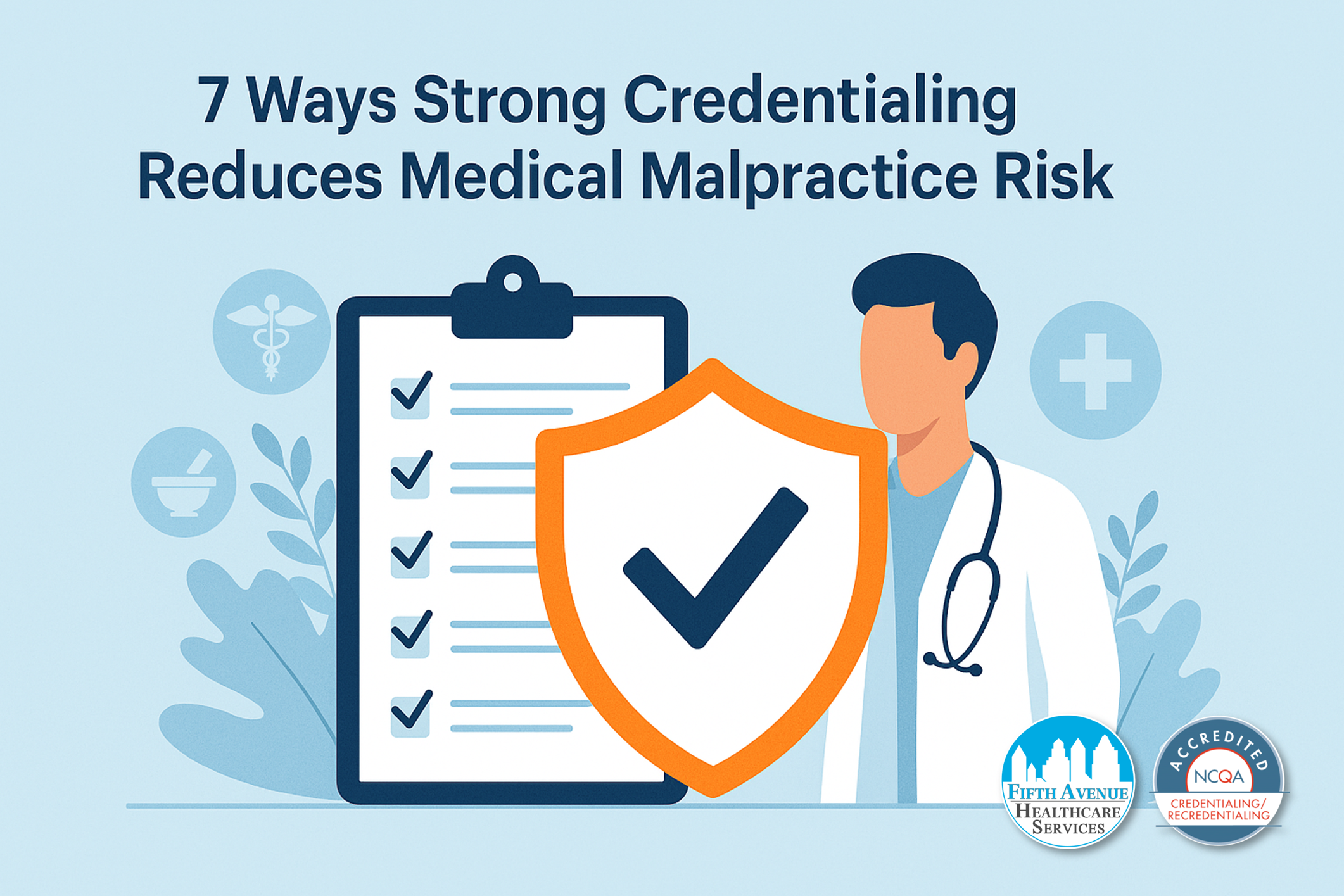
7 Ways Strong Credentialing Practices Reduce Medical Malpractice Risk
1. Red Flag Detection
You can’t fix what you don’t see. Effective credentialing uncovers:
- Malpractice claim history
- Loss of privileges
- License actions or suspensions
- Unexplained employment gaps
- Disciplinary actions from other institutions
When problems are identified early, providers can be reassigned, monitored, or even removed from consideration.
2. Documentation That Protects
Credentialing files are legal records. Thorough, well-documented verification supports your defense if a claim is made.
In negligent credentialing lawsuits, your best defense is showing a consistent, policy-driven process that applies equally to all providers. Partnering with an NCQA-Credentialing Accredited CVO strengthens this defense dramatically.
3. Ongoing Monitoring
Credentialing isn’t once and done. Real-time monitoring for sanctions, licensure changes, and board actions protects your organization year-round.
Strong monitoring includes:
- Monthly license verifications
- Automated alerts for exclusions (e.g., OIG, SAM)
- DEA and board certification expirations
- Real-time sanction tracking
4. Trusted CVO Support
Delegating credentialing to an NCQA-Credentialing Certified CVO like Fifth Avenue Healthcare Services adds credibility and audit-readiness.
- Our CVO (5ACVO) meets stringent national standards for:
- Primary source verification
- Timeliness and accuracy
- Security of data
- Monitoring and reporting compliance
Working with a certified partner gives malpractice insurers confidence that your processes are credible and complete.
5. Provider Accountability and Peer Review Alignment
Strong credentialing helps align credentialing files with ongoing peer review processes. When concerns arise during reappointments, documentation from initial credentialing can provide context and history. This supports fair decisions and ensures that quality concerns are appropriately addressed.
6. Reduced Administrative Burnout and Errors
Well-organized credentialing systems reduce clerical errors and prevent missed deadlines for renewals or reappointments. When staff aren’t overwhelmed with manual processes, they can focus more clearly on compliance and data accuracy, which enhances risk mitigation.
7. Standardization Across Multi-Entity Networks
Standardized credentialing practices help avoid inconsistencies that could lead to risk exposure for healthcare systems operating multiple sites or entities. Uniform credentialing protocols also make payer and legal audits smoother, more transparent, and defensible.
Case Study: Oklahoma Surgery Center Avoids Risk and Saves Money
An Oklahoma ASC turned to Fifth Avenue Healthcare Services after rising malpractice premiums and delays with payer enrollment.
What we found:
- 40% of provider files were incomplete
- No system for monitoring sanctions or expired licenses
- A provider with three prior lawsuits was credentialed without further review
After partnering with our CVO and delegated enrollment team:
- Provider files were cleaned and verified
- DEA and license monitoring systems were implemented
- Documentation was aligned with NCQA standards
- The malpractice carrier lowered its renewal premium
The administrator later shared that payers stopped opposing provider enrollment, and the risk committee began using credentialing reports in quarterly quality reviews.
Bonus: Better Credentialing Improves Payer Confidence
Credentialing isn’t just about legal protection — it’s a revenue driver too.
Strong credentialing leads to:
- Faster payer enrollment
- Fewer billing delays and denials
- More reliable revenue cycle performance
Payers are increasingly requesting credentialing file audits. The entire process becomes smoother when aligned with a delegated credentialing model, backed by a certified CVO. It shortens onboarding cycles and gets providers seeing patients faster.
Primoris Credentialing Network, our delegated enrollment arm, helps providers enroll with over 25 payers using a single application and credentialing file. That efficiency improves both revenue speed and payer satisfaction.
Strong Credentialing for Independent Practices
Even independent or small-group practices can benefit. Insurers don’t scale down expectations for smaller entities. In fact, solo practices may face more scrutiny without hospital peer review support. We help practices:
- Stay compliant
- Avoid gaps in enrollment
- Mitigate liability and insurance exposure
- With proper credentialing, these practices can:
- Access better malpractice coverage
- Avoid recredentialing delays
- Maintain steady cash flow from payer contracts
Additionally, strong credentialing offers a strategic advantage in competitive markets. Independent providers who demonstrate compliance with national standards and maintain clean credentialing files are often preferred by payers, referring physicians, and even patients researching provider quality.
In an era where transparency and accountability are paramount, showcasing rigorous credentialing helps set a practice apart.
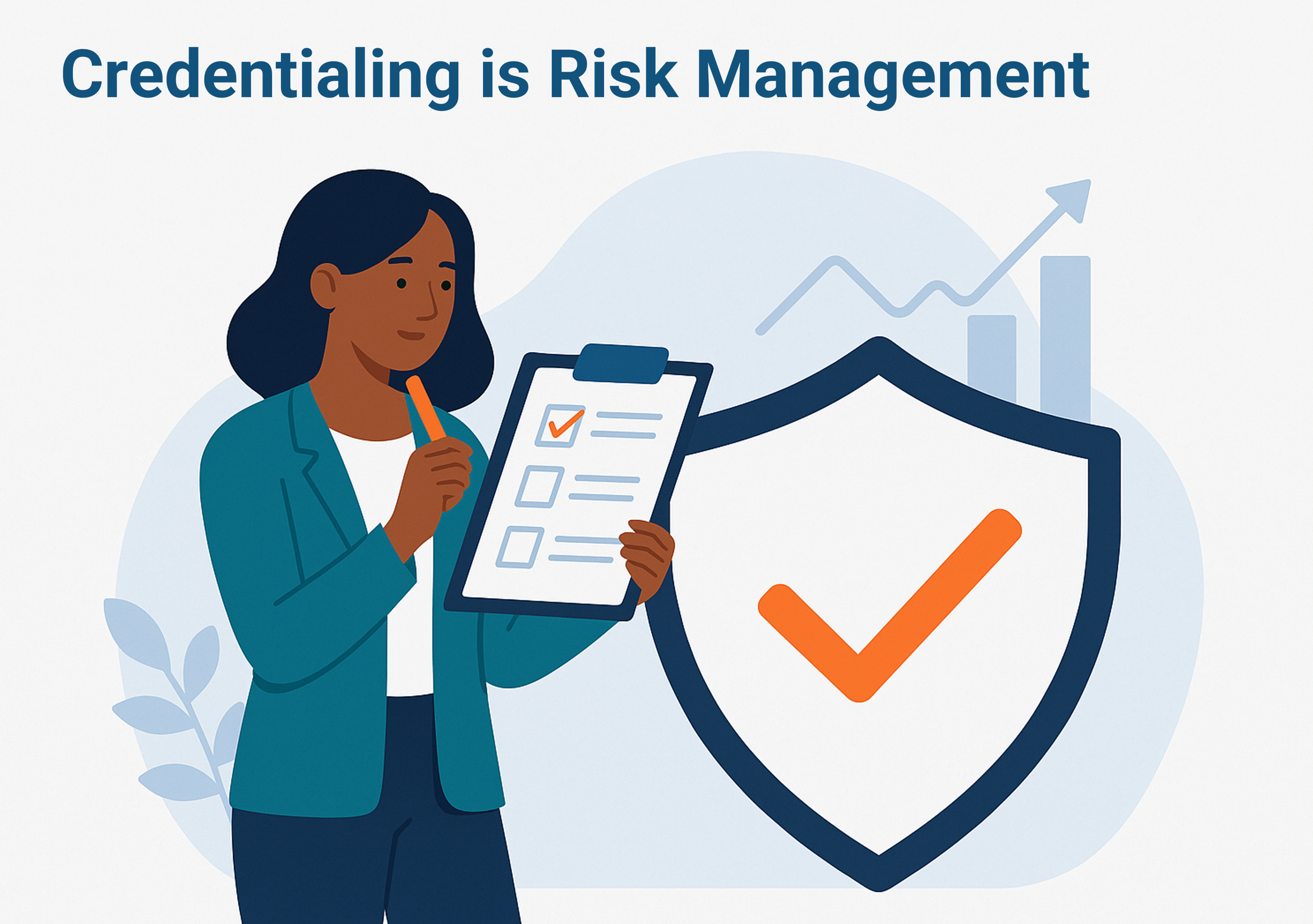
Final Thought: Credentialing Is Risk Management
Credentialing isn’t red tape — it’s your frontline defense against liability, coverage gaps, and reimbursement issues. When done right, it’s:
- Legally sound
- Insurer-approved
- Patient-protective
- Revenue-friendly
And when done with Fifth Avenue Healthcare Services, it’s backed by NCQA standards and payer-trusted processes.
Ultimately, credentialing sets the tone for your entire clinical and administrative ecosystem. When your credentialing process is straightforward, consistent, and enforced, it sends a powerful message to internal teams, providers, payers, and patients: we value integrity, prioritize safety, and hold ourselves to the highest standards.
That level of organizational discipline creates ripple effects that strengthen every other facet of care delivery and risk management.
Ready to Strengthen Your Credentialing Process?
If your organization hasn’t reviewed its credentialing practices recently — or you’ve had payer denials or rising malpractice costs — now’s the time to act. As we strengthen our credentialing process, we inherently reduce medical malpractice risk and enhance patient trust.
Contact Fifth Avenue Healthcare Services. With a stronger credentialing strategy, we can reduce your risk, increase payer trust, and protect your providers.
More information about Fifth Avenue Agency
Fifth Avenue Agency specializes in MPLI and medical malpractice insurance, serving thousands of providers nationwide. It is part of the Fifth Avenue Healthcare Services family. Sister companies include 5ACVO (credentialing and primary source verification specialists) and Primoris Credentialing Network (credentialing and provider enrollment specialists with 54+ health plan and network provider enrollment options).
This article was initially published by Fifth Avenue Agency here. For information on Fifth Avenue Agency, please visit FifthAvenueAgency.com or Contact Us.

